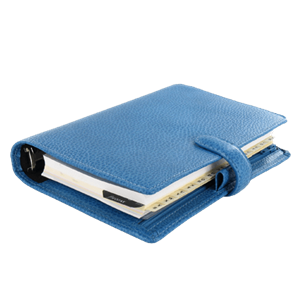Overview
Liposuction is a minimally invasive cosmetic procedure used to remove localized areas of fat from the body through a small thin tube called a cannula. The fat from the targeted area is suctioned from the body through this tube to help patients achieve a slim and balanced appearance.
Conventional tumescent liposuction is the gold standard against which all other fat reduction procedures are measured. It is Dr. Aston's opinion that conventional liposuction permits the most effective and precise removal of fat with the best body contouring results. While new technology such as lasers and ultrasounds have been introduced into surgical liposuction, the results are not better than skilled tumescent liposuction.
Liposuction Reviews
Surgical Techniques
TUMESCENT "SUPER-WET"
Tumescent liposuction, known as the “Super-Wet” approach, is a suction-assisted (SAL) technique that uses a solution and power-aided motor to help remove stubborn fat. The surgeon injects the solution, made of saline, lidocaine, and epinephrine (to control bleeding), into the problem areas. The surgeon then inserts the cannula attached to the motor to remove fat cells from the body at a controlled speed. The motor helps surgeons remove anywhere from several ounces to a few pounds of fat.
During/After Surgery
Liposuction is an outpatient procedure performed under general anesthesia at a hospital or surgery center. The procedure lasts about 30 minutes for each body part. It can be a standalone surgery, or combined with other procedures. However, the surgeon may suggest performing the surgery over a period of time for the safety of the patient. Dr. Aston does not recommend compression garments or elastic bandages. When a patient has a large amount of fat to be removed, Dr. Aston places drains beneath the skin to take out fluid which the body would have to absorb. By having drains in place for four or five days, it avoids the use of compression garments for four to six weeks. Patients can return to work and other regular activities as soon as they feel comfortable, which is usually after a few days depending on the extent of their liposuction. Dr. Aston permits his patients to return to athletic activities in ten days to two weeks following the procedure. Bruising and swelling will subside within 1 week, but patients will not see final results for several months. Liposuction does leave a small scar, but it fades over time.

Liposuction FAQs
IS IT SAFE?
While today’s surgical techniques are safe, patients can experience poor results from inexperienced surgeons. It is important for patients to do their research and find an experienced surgeon that can help them achieve the best, most natural-looking results.
PERMANENT RESULTS?
The results of liposuction can be seen for many years following surgery if the patient follows a healthy diet and exercise program. Removed fat cells do not come back, but patients can still gain weight if their remaining fat cells grow.
TOO MUCH FAT?
Yes, there can be too much fat. The American Society of Plastic Surgeons does not recommend removing more than 10 pounds of fat for the safety of the patient. Removing more than 10 pounds is considered high-volume liposuction, which increases the chances of complications from the surgery. Patients are advised to be near or at their ideal weight before undergoing liposuction.
SKIN TIGHTENING?
While liposuction removes fat and improves contour and shape, it does not address sagging or drooping skin. If skin laxity is a concern, patients can talk to the surgeon during the consultation to discuss their options for improving skin texture, such as a tummy tuck, thigh, neck, arm lift, or butt lift.

